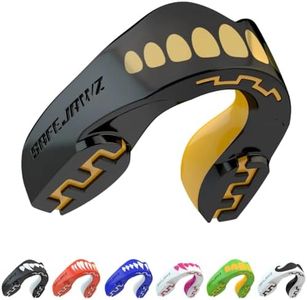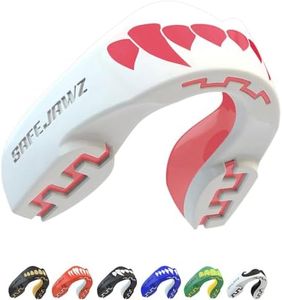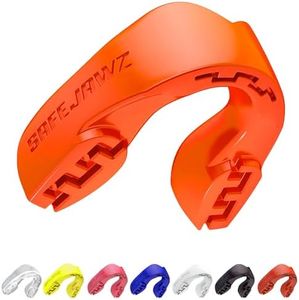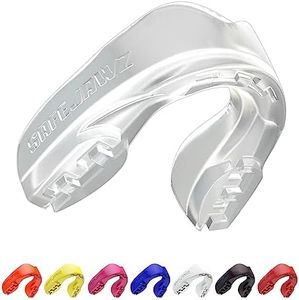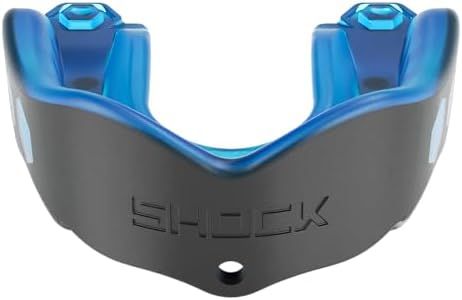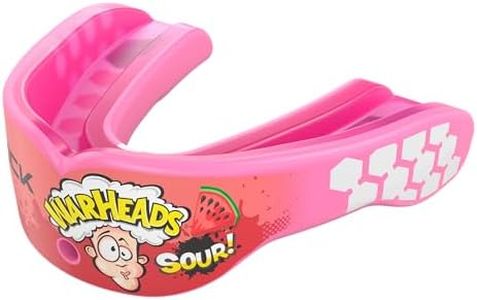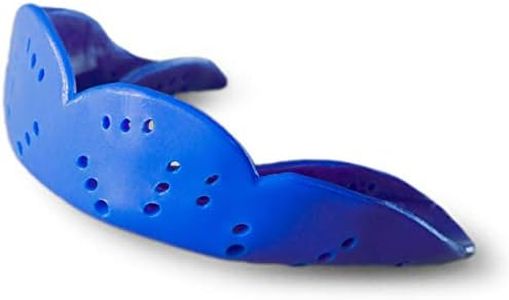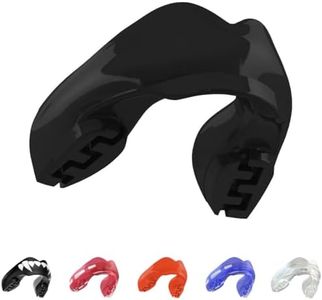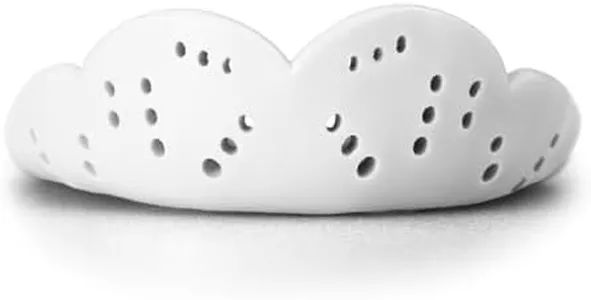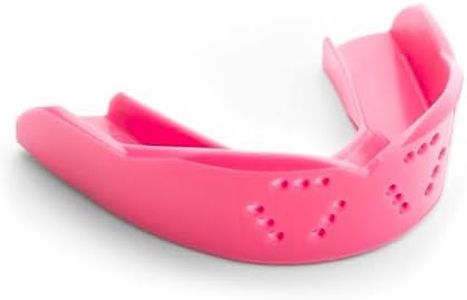We Use CookiesWe use cookies to enhance the security, performance,
functionality and for analytical and promotional activities. By continuing to browse this site you
are agreeing to our privacy policy
10 Best Sports Mouthguards
From leading brands and best sellers available on the web.Buying Guide for the Best Sports Mouthguards
Choosing the right sports mouthguard is essential for anyone participating in contact or high-impact activities. A good mouthguard does more than just protect your teeth; it helps prevent injuries to your jaw, lips, and gums. When considering which mouthguard to buy, it’s important to focus on comfort, fit, level of protection, and ease of use. Each person’s mouth is different, so finding a mouthguard that balances protection and comfort will help you wear it consistently and get the most out of your activities.TypeMouthguards generally come in three types: stock, boil-and-bite, and custom-fit. Stock mouthguards are ready to use out of the box and come in set sizes, but they may not fit well and can be uncomfortable. Boil-and-bite mouthguards are softened in hot water and then molded to your teeth for a better fit; they offer a good balance of protection and comfort for most people. Custom-fit mouthguards are made by dental professionals using a mold of your teeth, providing the best fit and protection, especially for those with braces or dental work. If you need quick, occasional use, a stock or boil-and-bite option is fine, while regular players or those with special dental needs might benefit from a custom-fit version.
MaterialMost mouthguards are made from thermoplastic materials, which are flexible and absorb shock. The thickness and density of the material affect both protection and comfort—the thicker the material, the more protection it offers, but it can also feel bulkier in the mouth. Softer materials are more comfortable but might not last as long or offer as much protection. Depending on your sport and intensity, you might prefer a thinner mouthguard for light contact sports or a thicker one for high-impact games.
Fit and ComfortA mouthguard should fit snugly around your teeth without requiring you to constantly bite down. Poor fit can make breathing and speaking difficult and might even decrease the level of protection. The best way to ensure good fit is to try the mouthguard for comfort while talking and breathing, and check that it stays in place without effort. If you have braces or dental work, look for models designed specifically for orthodontic protection.
Protection LevelThe level of protection you need depends on the type of sport you play and your personal risk of injury. For sports with a lot of impact or contact, such as boxing, hockey, or football, look for a mouthguard designed to absorb heavy impacts. Less intensive activities might be fine with a lighter mouthguard. The mouthguard should cover all teeth on one arch (either upper or lower, depending on the style) and provide cushioning against blows.
Breathability and SpeechSome mouthguards are designed to allow better airflow, making it easier to breathe and talk while wearing them. This is especially useful for athletes who need to communicate during the game or who find it hard to breathe during intense activity. Look for models with breathing channels or slimmer designs if this is important for your sport or comfort.
Ease of Cleaning and DurabilitySince mouthguards go in your mouth, they should be easy to clean to prevent bacteria buildup. Check if the material is non-porous and if the design makes it simple to rinse and wash after every use. Durability is also important, particularly for frequent users; a mouthguard that loses its shape or breaks down quickly won’t offer reliable protection. Consider how often you’ll use it and the level of care it requires when making your choice.
